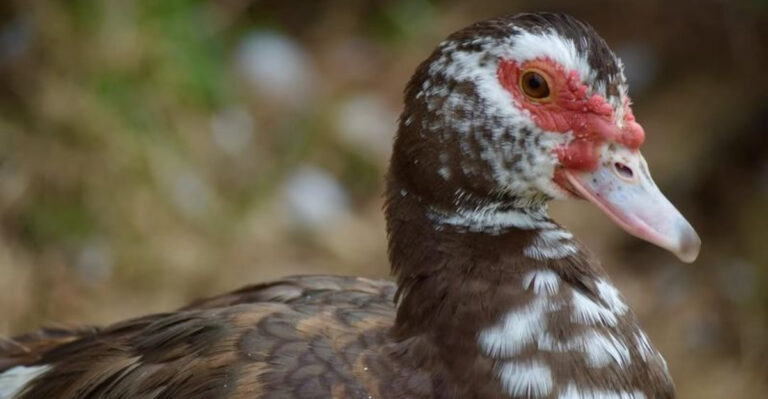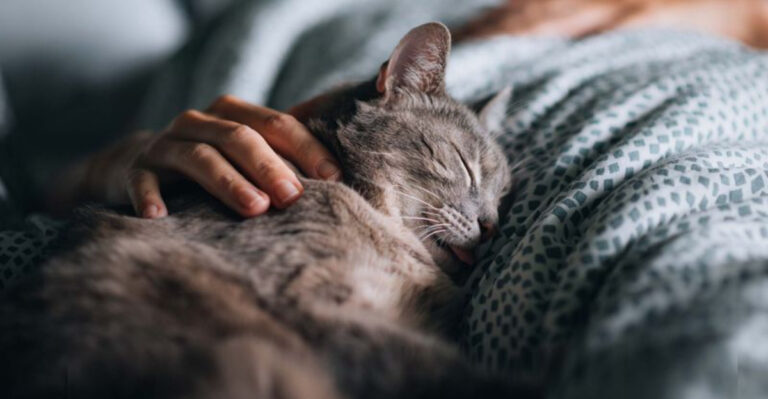How To Stop Puppy Biting: 13 Tips Every Dog Parent Should Know
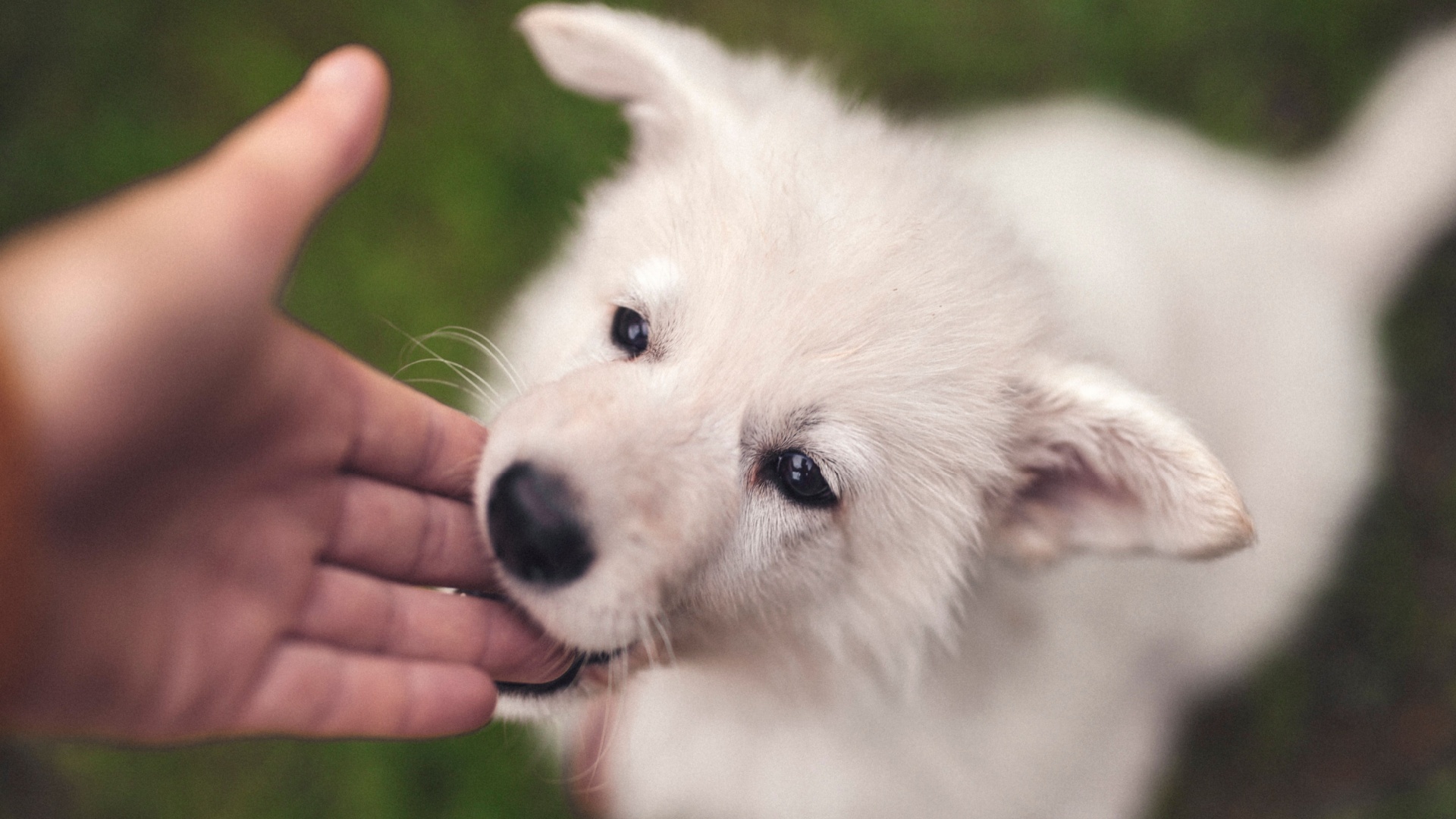
Welcoming a new puppy into your home is like opening a box of sunshine – full of warmth, energy, and, sometimes, a few unexpected surprises. One of the biggest surprises can be their enthusiastic biting. This playful yet often painful habit is something every dog parent wants to address.
Fear not, for with a blend of humor, practical advice, and a sprinkle of patience, you can guide your furry friend into using those pearly whites appropriately.
Let’s embark on this exciting journey with engaging and actionable tips to transform your puppy’s playful bites into gentle licks.
1. Distract With Toys
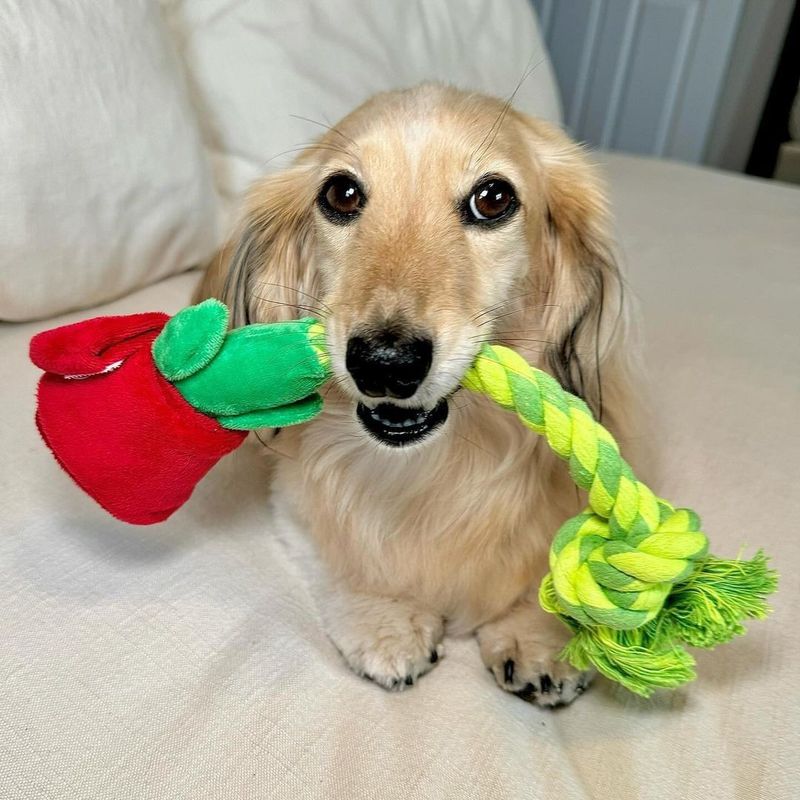
When your puppy treats your fingers like chew toys, it’s time to shift their attention to something more appropriate – a real toy! Toys are a puppy parent’s best friend, providing endless amusement and a safe chewing alternative for your teething furball. Keep a variety of textures and shapes handy: rubber bones, squeaky plushies, and rope toys can all do the trick.
Variety is the spice of life, and it works wonders for puppies too. Rotate their toys to maintain their interest. The surprise of a ‘new’ toy can captivate their attention, leaving your fingers unscathed. Toys that dispense treats are particularly enchanting, as they offer a tasty reward for good behavior. Remember, the goal is to redirect the biting impulse, not suppress it entirely.
By providing appropriate outlets, you help your puppy learn what’s acceptable to chew and what’s off-limits. Plus, who can resist the charm of a puppy joyfully gnawing on a brand-new toy? It’s a win-win for both of you!
2. Teach ‘Leave It’ Command
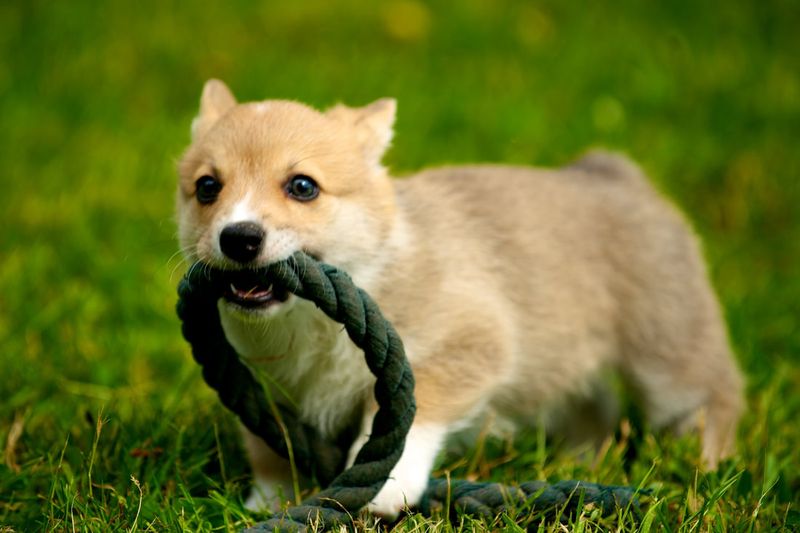
The ‘Leave It’ command is like the Swiss Army knife of puppy training, versatile and handy in countless situations. Teaching this command not only curbs biting but also helps in various other obedience scenarios. Start by holding a treat in your closed hand and letting your curious pup sniff. As soon as they stop trying to nuzzle the treat away, reward them with a different treat.
Gradually move to placing the treat on the floor while maintaining control. Consistency is key, so practice in different environments to strengthen their ability to resist temptation. Puppies are eager learners, and repetition helps them master the ‘Leave It’ command quickly.
With patience and persistence, your puppy will soon understand that ignoring forbidden objects or fingers leads to more rewarding outcomes. Now, there’s a lesson we can all take a bite out of – metaphorically, of course!
3. Socialize With Other Dogs

What better way to teach a puppy than through playdates with their peers? Socializing with other dogs is a natural way for puppies to learn bite inhibition. During play, they discover the consequences of biting too hard when playmates yelp or stop playing, teaching them to control their bite strength.
Organize playdates in a safe, supervised environment where your puppy can interact with well-mannered dogs of various sizes and temperaments. These experiences are invaluable for developing social skills and learning boundaries.
As they frolic, you’ll notice them becoming gentler and more aware of their bite force. Beyond just nipping control, socialization enriches your puppy’s life, making them more confident and less anxious in new situations.
It’s like sending them to school but with tail wags instead of report cards. Just remember to keep an eye out and ensure all interactions are positive and fun!
4. Consistency In Training
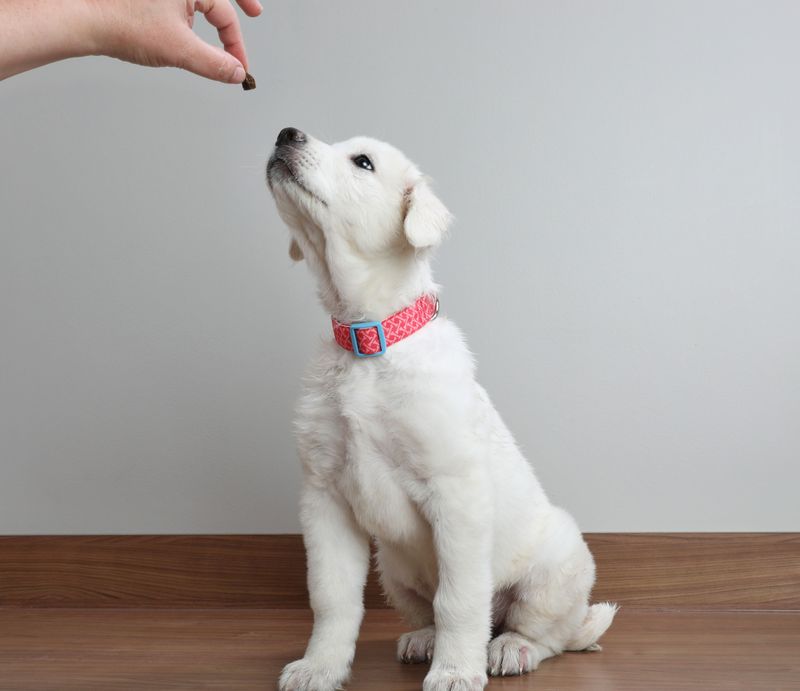
Training is not a one-time event but an ongoing process that requires consistency and patience. It’s like planting a garden; regular nurturing leads to blooming results. Puppies thrive on routine, and consistent training helps them understand what’s expected.
Set clear rules and boundaries, and ensure all family members are on the same page to prevent confusion. Mixed signals can hinder progress, so consistency is your ally. Reinforce positive behavior with rewards and praises, making learning a joyous experience for your puppy. Consistency also helps in building trust and strengthens the bond between you and your puppy.
When they know the rules and that good behavior is always rewarded, they’re more likely to follow commands without hesitation. Who knew routine could be so rewarding?
5. Reward Good Behavior
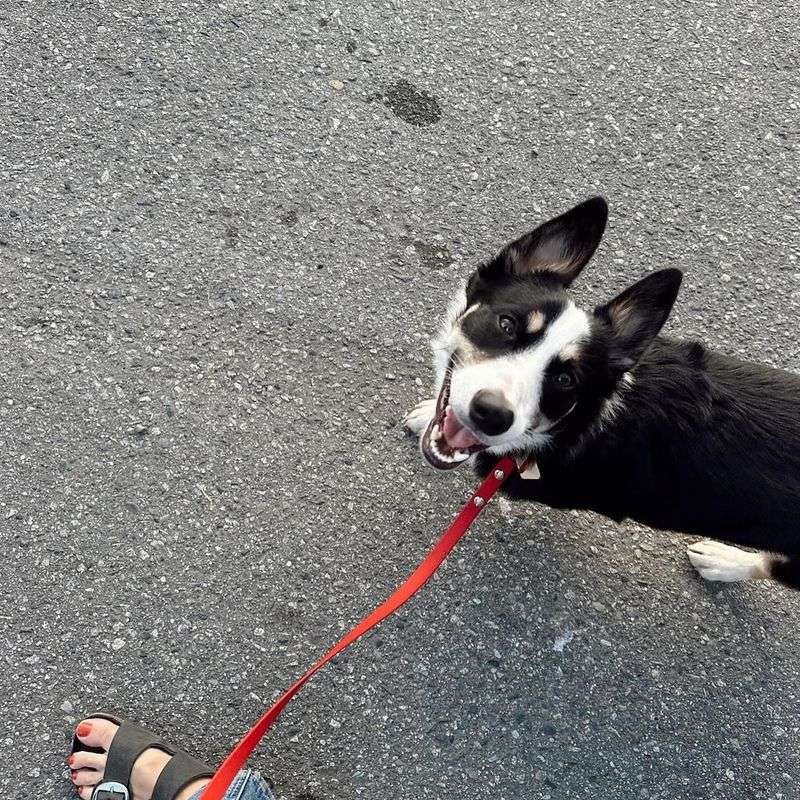
Positive reinforcement is like the cherry on top of the training sundae, sweetening the deal for your pup. When your puppy shows restraint or follows a command, rewarding them with treats, toys, or affection strengthens those good behaviors. It’s a win-win, as your puppy learns quickly that good behavior equals delightful rewards.
Timing is crucial in positive reinforcement. Reward your pup immediately after they display the desired behavior, so they connect their actions with the positive consequence. This immediate feedback loop enhances learning and encourages more good behavior in the future. Mix up the rewards to keep things exciting. Sometimes a belly rub or a game of fetch can be as rewarding as a tasty treat.
The variety keeps your pup on their toes and eager to please, making training a fun and engaging experience for both of you. Who knew that being good could be so rewarding?
6. Redirect To Frozen Treats
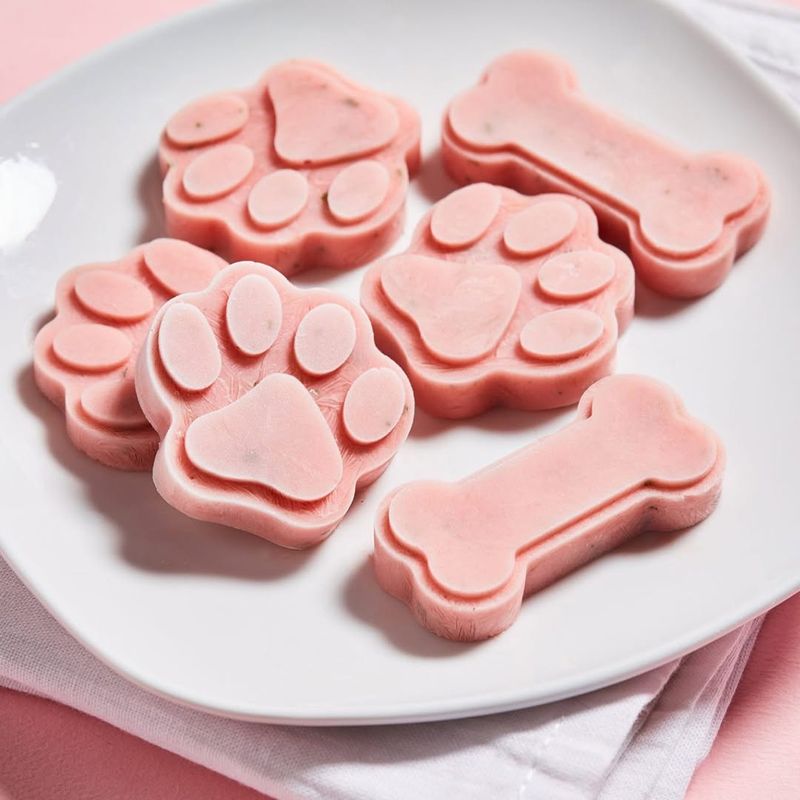
When it comes to soothing a teething pup, frozen treats are the cool cats of the canine world. Not only do they provide relief for sore gums, but they also redirect those chomping urges away from your furniture. Creating frozen treats is simple and can be a fun activity for both you and your puppy.
Blend some dog-safe fruits like bananas or blueberries with yogurt, pour into ice cube trays, and freeze. Voilà, a delicious and soothing treat that your puppy will adore! The cold sensation helps numb irritated gums, while the delicious taste keeps them happily occupied.
Using frozen treats as a reward for good behavior can also solidify positive habits. It’s a refreshing way to teach your puppy that good things come to those who chew wisely. Plus, watching them enjoy their chilly snack is a treat in itself!
7. Provide Ample Exercise
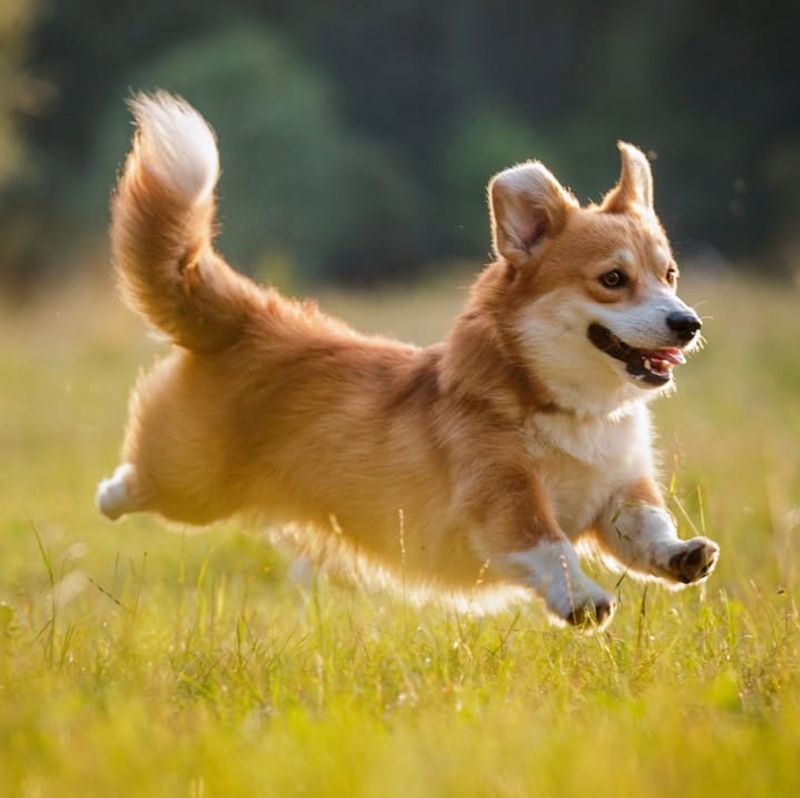
A tired pup is a happy pup, with less energy to engage in naughty biting behaviors. Regular exercise helps burn off excess energy, making them more receptive to training and less likely to chew on your shoes or fingers.
Daily walks, play sessions, and interactive games like fetch or tug-of-war are great ways to keep your puppy active and engaged. These activities not only expend energy but also strengthen your bond and provide mental stimulation, which is key to a well-rounded dog.
Remember, the exercise should be appropriate for your puppy’s age and breed. Overexercising can be harmful, so tailor the activities to fit their needs.
With the right balance, you’ll find a significant reduction in unwanted biting and an increase in tail-wagging happiness!
8. Train Bite Inhibition
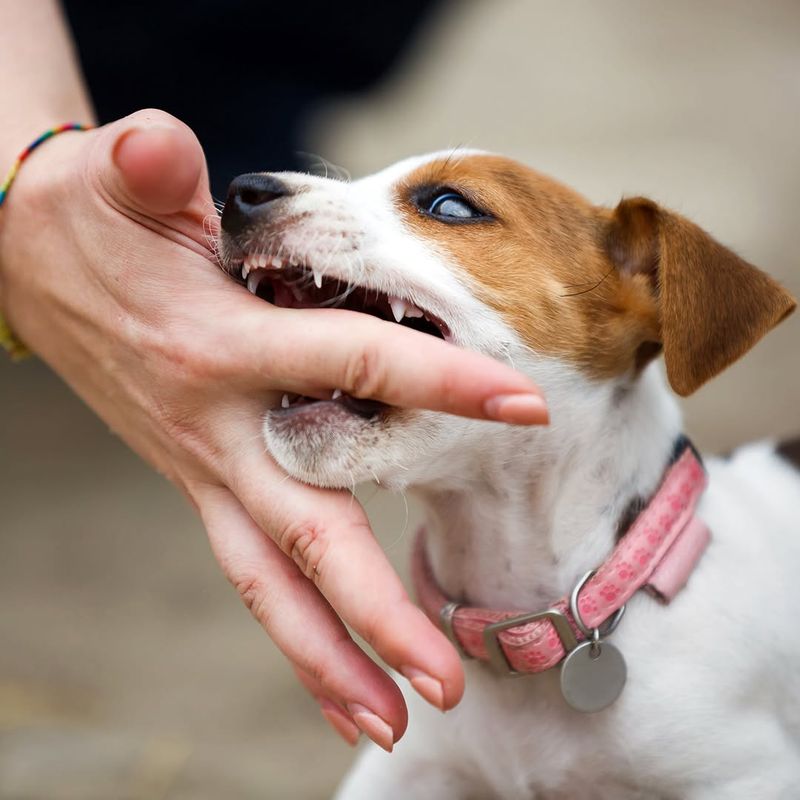
Bite inhibition is like teaching your puppy the art of gentle play. It’s about controlling the force of their bite, and it’s a lesson best learned early. Start by letting your puppy mouth your hand during play. If they bite too hard, let out a high-pitched yelp, mimicking how puppies communicate with each other. This sound startles them and usually makes them pause.
Withdraw your hand and ignore them for a few moments to reinforce the idea that hard bites end playtime. Consistency is crucial here, as repeated practice helps your puppy understand the limits of gentle play. As they learn to control their bite pressure, slowly transition to rewarding them when they play gently.
This training not only prevents future biting issues but also fosters a respectful and understanding relationship between you and your puppy. After all, who wouldn’t want a gentle pup?
9. Use Time-Outs
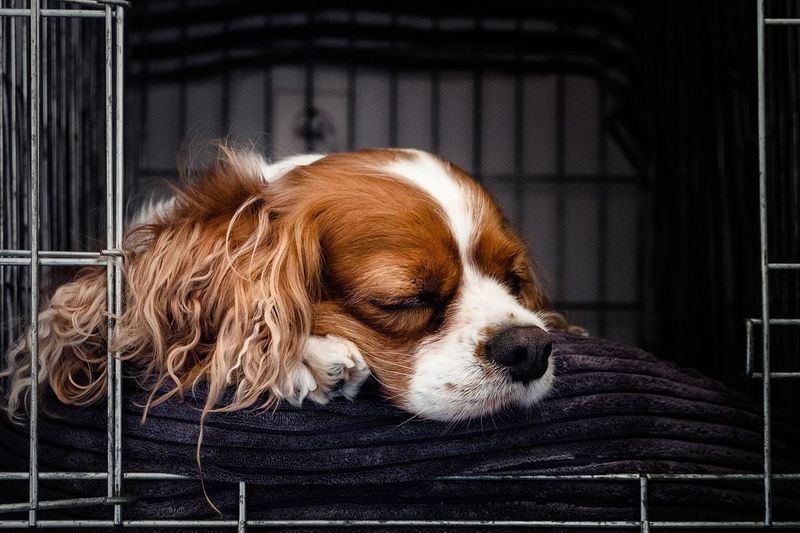
Sometimes, a little time-out is just what the puppy ordered. When biting becomes excessive, a brief time-out can send a clear message that such behavior won’t earn them attention or play. Choose a designated time-out area that’s free from distractions.
When your puppy bites, say ‘ouch’ and calmly lead them to the time-out space. Keep the time-out short and sweet, about 30 seconds to a minute – just long enough for your puppy to associate biting with the end of fun. Time-outs should be used sparingly and always paired with positive reinforcement for good behavior.
Overusing this tactic can lead to confusion and frustration. Balance is key, and with time, your puppy will catch on that biting leads to nothing exciting. It’s like pressing the pause button on their antics.
10. Supervised Play Sessions
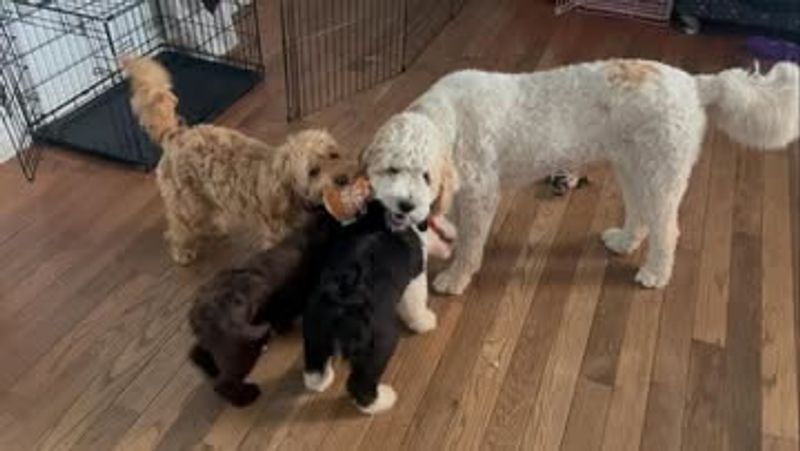
Supervised play sessions are like a guided tour through the world of play. As your puppy learns the ropes of interacting with humans and other pets, having a watchful eye ensures things don’t get too rough. Puppies often get carried away, and that’s where your guidance is invaluable. During these sessions, observe your puppy’s behavior closely.
If their play becomes too rambunctious or nippy, redirect their energy to appropriate toys or activities. This helps them learn boundaries and appropriate play behavior in a controlled setting. Engaging with your puppy during play also strengthens your bond and helps you understand their personality and triggers better.
It’s a chance to teach them through positive interaction, making both learning and playing enjoyable experiences. Who knew being a puppy supervisor could be so rewarding?
11. Enroll In Puppy Classes

Puppy classes are like enrolling your pup in a fun and educational school. They provide structured learning environments where your puppy can thrive. With professional trainers at the helm, these classes offer invaluable guidance in teaching basic commands, socialization, and addressing specific behaviors like biting.
Your puppy will benefit from interacting with peers, learning to play and communicate effectively. Plus, you’ll gain insights into training techniques that work best for your furry friend. It’s a supportive environment where questions are encouraged, and solutions are tailored to meet your puppy’s needs.
These classes also offer a great opportunity for bonding with your puppy, as you both learn and grow together. Graduating from puppy school is a proud moment, and you’ll notice a more well-behaved and confident companion by your side. Who said school isn’t fun?
12. Offer Chewable Alternatives
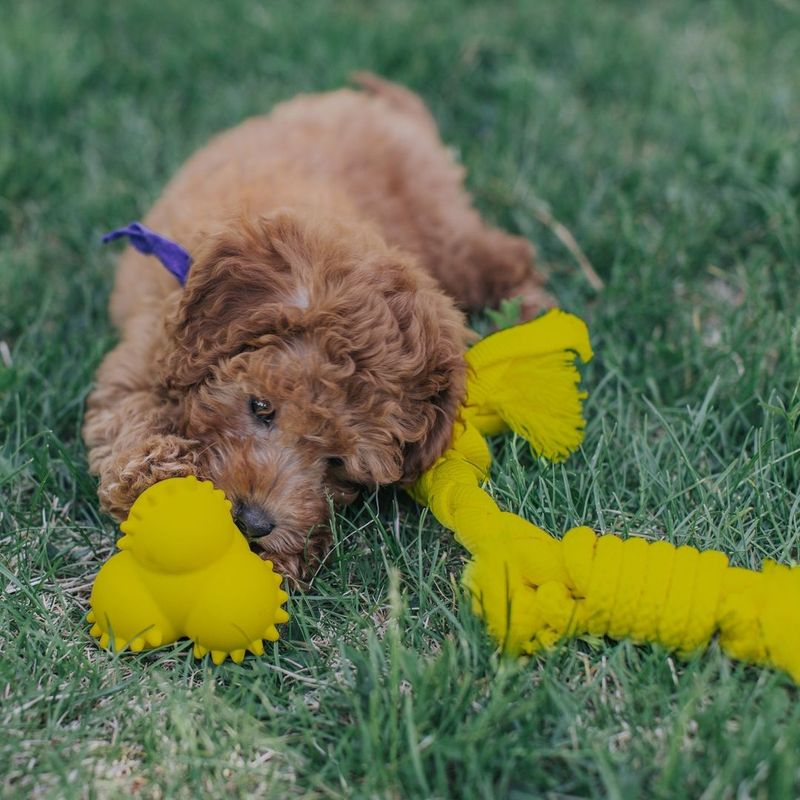
When you’re trying to discourage your puppy from biting, offering chewable alternatives is like handing them a menu of delightful options. Puppies explore the world with their mouths, and providing acceptable chewables can save your furniture and fingers.
Stock up on a variety of chew toys made from safe materials. Look for options that cater to their teething needs, such as rubber toys, dental chews, and textured rings. These items not only satisfy their urge to chew but also promote dental health, keeping those puppy teeth in top shape.
Rotate the toys to keep your puppy’s interest piqued. Having a selection ensures they always have something exciting to gnaw on, preventing boredom and reducing the likelihood of them turning to inappropriate items.
It’s a simple yet effective way to channel their energy positively.
13. Be Patient And Positive
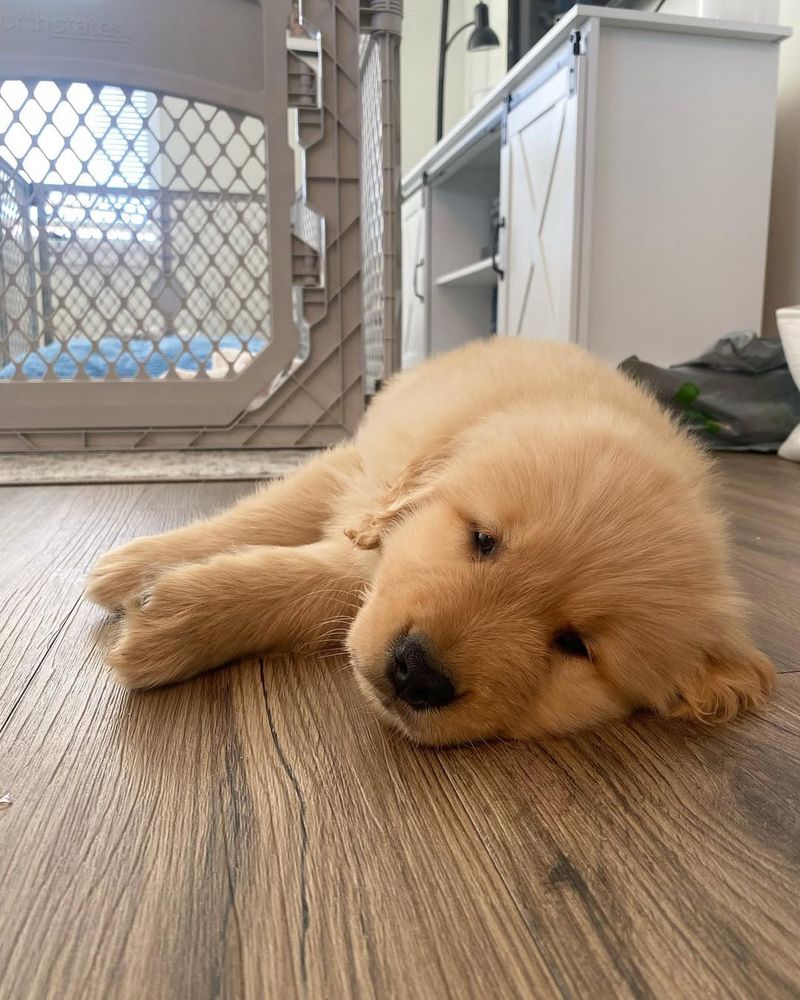
While the journey to a bite-free puppy may seem long, maintaining a positive attitude keeps both you and your furry friend motivated. Remember, learning takes time, and every puppy progresses at their own pace. Celebrate small victories and stay committed to a positive reinforcement approach. Praise and reward your puppy for good behavior, ensuring they associate learning with fun and positivity.
This nurturing environment fosters trust and encourages your puppy to continue improving. When setbacks occur, take a deep breath and remind yourself of the progress already made. Consistency, patience, and positivity are the cornerstones of successful puppy training. And as you watch your once-nippy puppy transform into a gentle companion, you’ll realize it was all worth it.
After all, patience isn’t just a virtue; it’s a puppy-parent superpower!

